Mindfulness Approach and the Redefined Analysis Model of Conflict the Case Study of the Ukraine Conflict
Abstract
1. Introduction
2. Study Methodologies and Data Collection
3. Literature Review
3.1. Empirical Review
3.2. Theoretical Review
3.3. The Gap of the Previous Studies
4. Case Study of Ukraine Conflict
5. Mindfulness Approach: ABC Triangle into ABCM Diamond of Conflict in Dealing with the Ukraine Conflict
5.1. ABC Model of Conflict Towards the Ukraine Conflict
5.2. Mindfulness Approach: Redefined Analysis Model of Conflict, from the ABC Triangle of Conflict into the ABCM Diamond of Conflict
6. Conclusions and Theoretical and Policy Implications
Author Contributions
Funding
Institutional Review Board Statement
Informed Consent Statement
Data Availability Statement
Acknowledgments
Conflicts of Interest
References
- Abualkanam, S. Abdallah. 2023. Russian Ukrainian Crisis: Causes and Impacts of the War. Journal of Southwest Jiaotong University 58: 562–75. [Google Scholar]
- Arai, Tatsushi. 2017. Toward a Buddhist Theory of Conflict Transformation: From Simple Actor-Oriented Conflict to Complex Structural Conflict. Peace and Conflict Studies Journal 24: 5. [Google Scholar] [CrossRef]
- Bahinskyi, Andrii, and Olha Zaiets. 2023. Strategies of the Sides in the Russia-Ukraine War. Defense & Strategy/Obrana a Strategie 23: 063-81. [Google Scholar] [CrossRef]
- Belo, Dani, and Federman Rodríguez. 2023. The conflict in Ukraine and its global implications. Canadian Foreign Policy Journal 29: 235–48. [Google Scholar] [CrossRef]
- Bin-Nashwan, Saeed Awadh, Kabir M. Hassan, and Aishath Muneeza. 2022. Russia–Ukraine conflict: 2030 Agenda for SDGs hangs in the balance. International Journal of Ethics and Systems 40: 3–16. [Google Scholar] [CrossRef]
- CFS (Council on Foreign Relations). n.d. Global Conflict Tracker—Conflict: Ukraine. Available online: https://www.cfr.org/global-conflict-tracker/conflict/conflict-ukraine (accessed on 24 February 2024).
- Chan, H. Sunny, Calvin K. C. Yu, and Alex W. O. Li. 2021. Impact of mindfulness-based cognitive therapy on counseling self-efficacy: A randomized controlled crossover trial. Patient Education and Counseling 104: 360–68. [Google Scholar] [CrossRef]
- Chetveryk, A. Alexandrovich. 2019. Analysis of Relations between USA and Ukraine: What Are the USA Strategic Goals in the Ukrainian Crisis? Social Science Open Access Repository, 1–13. Available online: https://nbn-resolving.org/urn:nbn:de:0168-ssoar-63150-8 (accessed on 20 November 2023).
- Dunford, Michael. 2023. Causes of the Crisis in Ukraine. International Critical Thought 13: 89–125. [Google Scholar] [CrossRef]
- Dyvik, Einar H. 2023. How Many Nuclear Bombs Are There in the World 2023. Hamburg: Statista. [Google Scholar]
- Erameh, Nicholas Idris, Victor Ojakorotu, Deborah Odu Obor, and Eemmanuel Chinjindu Anabiri. 2023. In the Shadow of Empire: Putin’s Expansionism, Russia-Ukraine Conflict and the Limitation of United Nations Security Council Veto Power. African Journal of Peace and Conflict Studies (Formerly Ubuntu: Journal of Conflict and Social Transformation) 2023: 13–30. Available online: https://hdl.handle.net/10520/ejc-aa_ubuntu1_v2023_nsi1_a2 (accessed on 17 March 2024). [CrossRef]
- Ferguson, Iain. 2023. Liberal theory. In Handbook on Global Constitutionalism. Edited by Anthony F. Lang and Antje Wiener. Cheltenham: Edward Elgar Publishing, chap. 8. pp. 101–14. [Google Scholar] [CrossRef]
- Fukuoka, Saori. 2023. Mindfulness-Based Nonviolence and Engaged Buddhism: Thich Nhat Hanh’s Contributions to Sustainable Peace. In Integrated Approaches to Peace and Sustainability. Edited by Ayyoob Sharifi, Dahlia M. Simangan and Shinji Kaneko. Singapore: Springer Natuer, pp. 201–25. [Google Scholar] [CrossRef]
- Galtung, Johan. 1996. Peace by Peaceful Means: Peace and Conflict, Development and Civilization. Thousand Oaks: Sage Publications Ltd, pp. 1–292. [Google Scholar] [CrossRef]
- Galtung, Johan. 2007. Introduction: Peace by peaceful conflict transformation-the TRANSCEND approach. In Handbook of Peace and Conflict Studies. London: Routledge, pp. 14–32. [Google Scholar] [CrossRef]
- Gause, Robert, and Diana Coholic. 2010. Mindfulness-based practices as a holistic approach and method. Currents: Scholarship in the Human Services 9: 1–23. Available online: https://journalhosting.ucalgary.ca/index.php/currents/article/view/15903 (accessed on 14 March 2024).
- Giles, James. 2019. Relevance of the no-self theory in contemporary mindfulness. Current Opinion in Psychology 28: 298–301. [Google Scholar] [CrossRef] [PubMed]
- Hanh, Thich Nhat. 2004. Creating True Peace: Ending Violence in Yourself, Your Family, Your Community, and the World. New York: Simon and Schuster. Available online: https://plumvillage.org/books/creating-true-peace (accessed on 20 December 2023).
- Hanh, Thich Nhat. 2005. Being Peace, 2nd ed. Berkeley: Parallax Press. Available online: https://sagescove.com/online-store/ols/products/being-peace-2nd-edition-thich-nhat-hanh (accessed on 10 March 2024).
- Heefner, Gretchen. 2019. Nuclear accidents will happen. Modern American History 2: 111–15. [Google Scholar] [CrossRef]
- Jonathan Masters. 2023. Ukraine: Conflict at the Crossroads of Europe and Russia. Council on Foreign Relations. Available online: https://www.cfr.org/backgrounder/ukraine-conflict-crossroads-europe-and-russia (accessed on 24 February 2024).
- Kozyrev, Vitaly. 2024. The War in Ukraine and Its Impact on the US Perspective of Europe. In Europe in an Era of US-China Strategic Rivalry: Challenges and Opportunities from an Outside-in Perspective. Edited by Sebastian Biba. Cham: Springer Nature Switzerland, pp. 17–43. [Google Scholar] [CrossRef]
- Lubbers, Jelle, Philip Spinhoven, Mira B. Cladder-Micus, Jan Spijker, Anne E. Speckens, and Dirk E. M. Geurts. 2024. Change in Mindfulness Profiles after Mindfulness-Based Cognitive Therapy for Major Depressive Disorder. Mindfulness 15: 1682–700. [Google Scholar] [CrossRef]
- Marks, Eleanor, Nima Moghaddam, Danielle De Boos, and Sam Malins. 2023. A systematic review of the barriers and facilitators to adherence to mindfulness-based cognitive therapy for those with chronic conditions. British Journal of Health Psychology 28: 338–65. [Google Scholar] [CrossRef]
- Mearsheimer, J. John. 1990. Back to The Future: Instability After The Cold War. International Security 15: 5–56. [Google Scholar] [CrossRef]
- Mearsheimer, J. John. 2017. Liberal Ideals and International Realities. Yale Macmillan Center. Available online: https://macmillan.yale.edu/stories/mearsheimer-talks-explore-liberal-ideals-international-realities (accessed on 1 October 2021).
- Mearsheimer, J. John. 2021. The inevitable rivalry: America, China, and the tragedy of great-power politics. Foreign Affairs 100: 48–59. Available online: https://www.foreignaffairs.com/articles/china/2021-10-19/inevitable-rivalry-cold-war (accessed on 11 March 2024).
- Nan, Susan Allen, and Jacquie L. Greiff. 2013. Basic Human Needs in Practice: The Georgian–South Ossetian Point of View Process. In Conflict Resolution and Human Needs: Linking theory and Practice. Edited by Kevin Avruch and Christopher Mitchell. London: Routledge. [Google Scholar] [CrossRef]
- Nataraju, Adarasupally, Phramaha Somphong Unyo, and Phrapalad Somchai Damnoen. 2017. Philosophy of Creating Peace in Buddhism. Mahachula Academic Journal 4: 185–95. Available online: https://so04.tci-thaijo.org/index.php/JMA/article/view/141368 (accessed on 15 January 2024).
- Peng, Chengyi. 2017. Why the Ukraine Crisis Is the West’s Fault: A Historical and Philosophical Perspective. International Critical Thought 7: 267–78. [Google Scholar] [CrossRef]
- Pisciotta, Barbara. 2018. The US-Russia Conflict in the Ukrainian Crisis: Unipolarism Versus Revisionism? In US Foreign Policy in a Challenging World: Building Order on Shifting Foundations. Edited by Marco Clementi. Berlin: Springer, pp. 187–209. [Google Scholar] [CrossRef]
- Raik, Kristi, Steven Blockmans, Anna Osypchuk, and Anton Suslov. 2024. EU Policy towards Ukraine: Entering Geopolitical Competition over European Order. The International Spectator 59: 39–58. [Google Scholar] [CrossRef]
- Ridder, Hans Gerd. 2017. The theory contribution of case study research designs. Business Research 10: 281–305. [Google Scholar] [CrossRef]
- Srivichai, Suddipong. 2017. Buddhist Perspectives and World Peace. International Journal of Multidisciplinary in Management and Tourism 1: 37–46. Available online: https://so03.tci-thaijo.org/index.php/ijmmt/article/view/247941 (accessed on 5 April 2024).
- Statista. 2024. Number of Civilian Casualties during the War in Ukraine 2022–2024. Available online: https://www.statista.com/statistics/1293492/ukraine-war-casualties/#:~:text=Number%20of%20civilian%20casualties%20during%20the%20war%20in%20Ukraine%202022%2D2024&text=The%20Office%20of%20the%20United,reported%20to%20have%20been%20injured (accessed on 13 August 2024).
- Sujato, Bhikkhu. 2012. A history of mindfuless. In How Insight Worsted Tranquility in the Satipathana Sutra, 1st ed. Taipei: The Corporate Body of the Buddha Education Foundation. [Google Scholar]
- Tanabe, Juichiro. 2016. Buddhism and Peace Theory: Exploring a Buddhist inner peace. International Journal of Peace Studies 21: 1–14. Available online: https://www3.gmu.edu/programs/icar/ijps/vol21_2/cover21_2.htm (accessed on 23 April 2024).
- Tavachalee, Riangdow, Phusit Pulanram, Phramaha Natthabhan Hanpong, and Sanya Kenaphoom. 2021. The Conflict Management based on Buddhism Principle. Annals of the Romanian Society for Cell Biology 25: 4747–54. Available online: http://annalsofrscb.ro/index.php/journal/article/view/6331 (accessed on 20 April 2024).
- UNHCR. 2024. Ukraine Emergency Response. Available online: https://www.unrefugees.org/emergencies/ukraine/ (accessed on 28 February 2024).
- Vahabi, Mehrdad. 2009. A critical review of strategic conflict theory and socio-political instability models. Revue d’économie politique 119: 817–58. [Google Scholar] [CrossRef]
- Vajriyati, Suci, Luthfi Wahyu Basuki, Ayu Kartika Lessy, Kinara Inkan Anieda, Laila Chumairoh Kuswoyo, and Meysita Meristiana. 2022. The Effect of the Russia-Ukraine Conflict on the Potential Use of Nuclear Weapons. Journal of Social Political Sciences 3: 235–67. [Google Scholar] [CrossRef]
- Villasmil-Espinoza, Jorge J., Yevhen Leheza, and Liudmyla Holovii. 2022. Reflections for the interdisciplinary study of the Russian Federation’s invasion of Ukraine in 2022. Cuestiones Políticas 40: 16–24. [Google Scholar] [CrossRef]
- Waltz, N. Kenneth. 1979. Theory of International Politics. New York: McGraw-Hill Professional. [Google Scholar]
- Wendt, Alexander. 1987. The Agent-Structure Problem In International Relations Theory. International Organization 41: 335–70. [Google Scholar] [CrossRef]
- Wendt, Alexander. 1992. Anarchy Is What States Make of It: The Social Construction of Power Politics. International Organization 46: 391–425. [Google Scholar] [CrossRef]
- Wendt, Alexander. 1999. Social Theory of International Politics. Cambridge: Cambridge University Press. [Google Scholar] [CrossRef]
- Zalta, A. 2016. Contribution of Buddhist Mindfulness to the Transformation of Conflicts–Dependent Origination (paticca-samuppāda) and Deconstruction of Identity. Asian Studies 4: 139–51. [Google Scholar] [CrossRef]
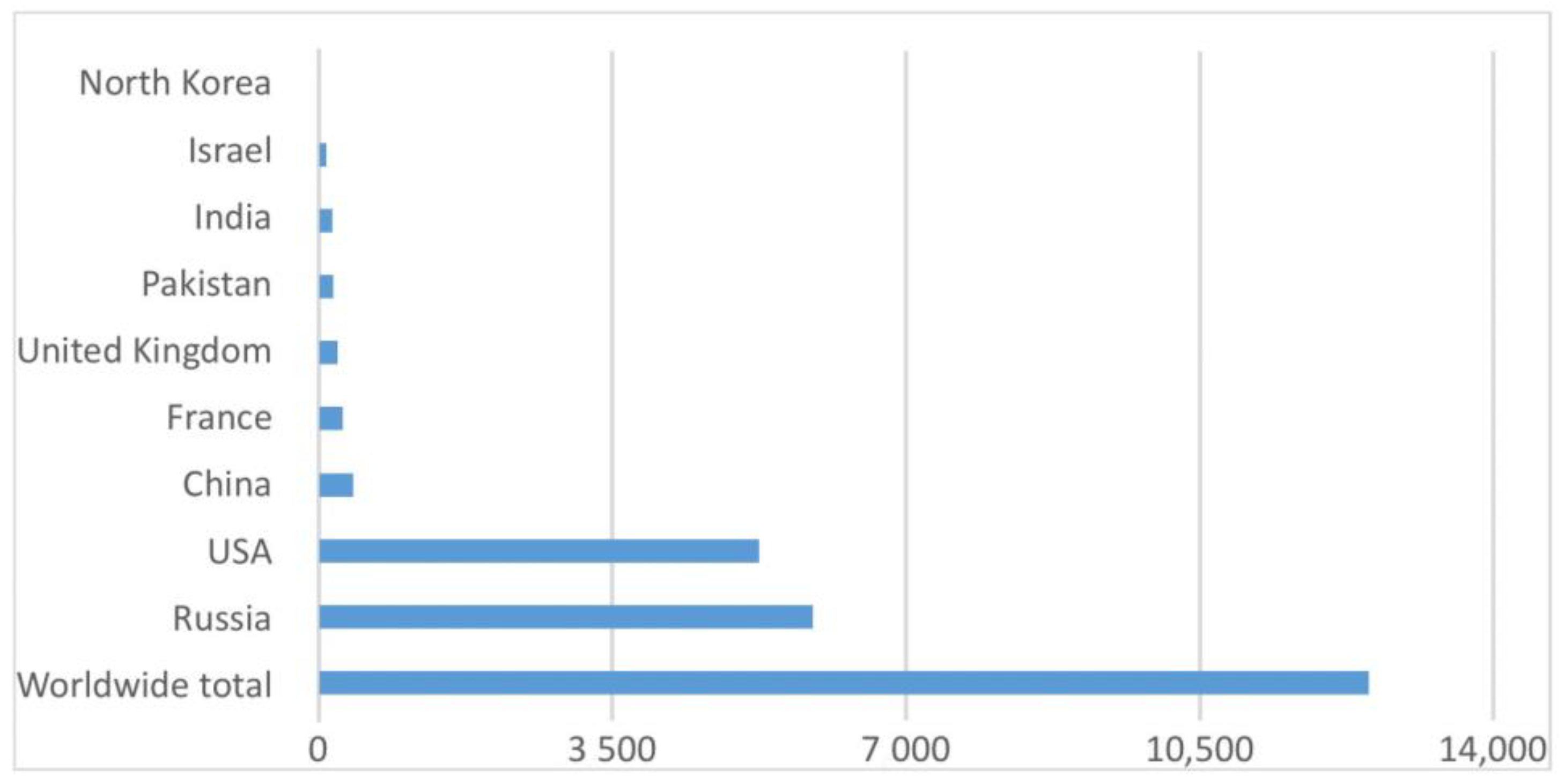
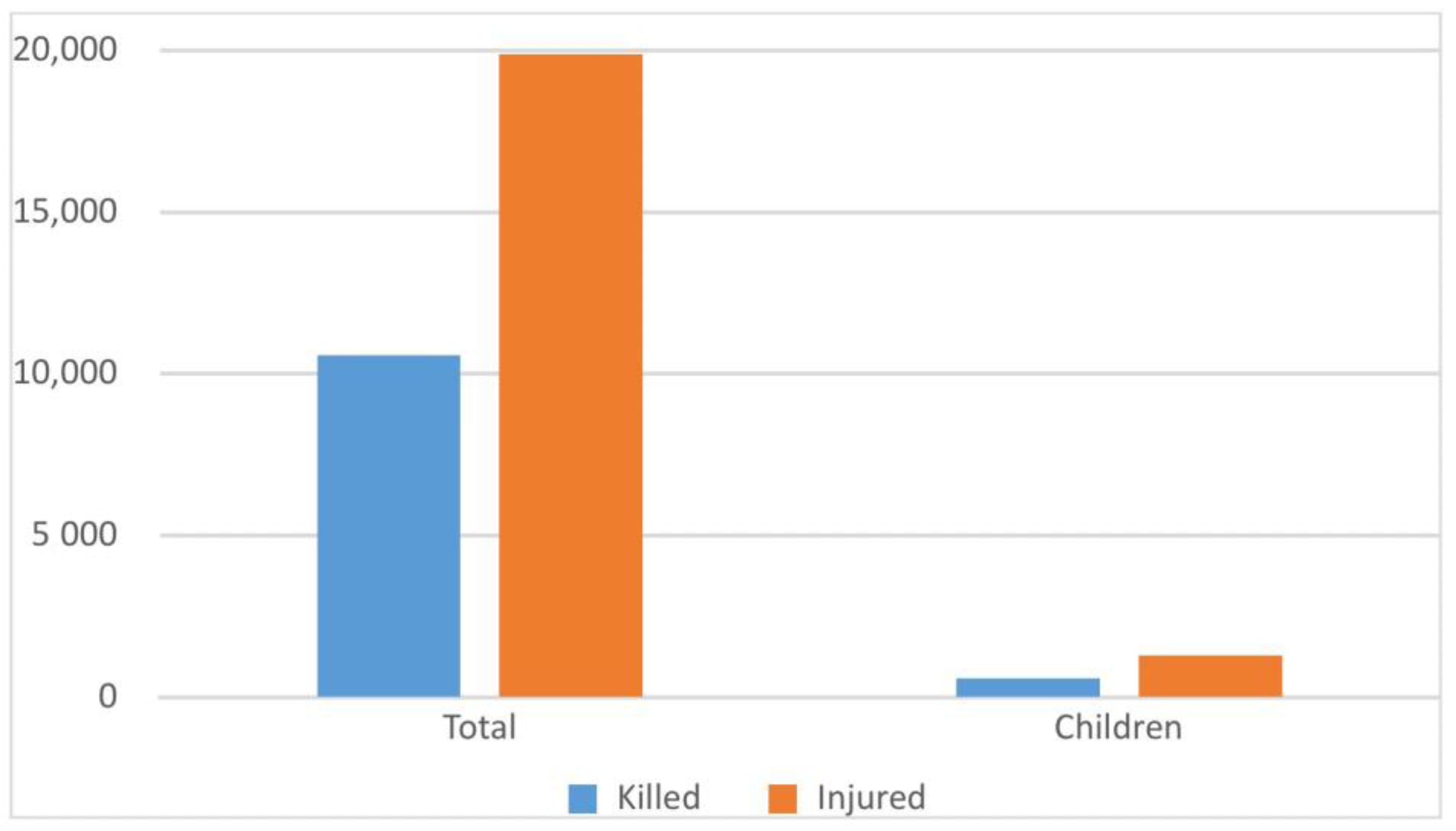
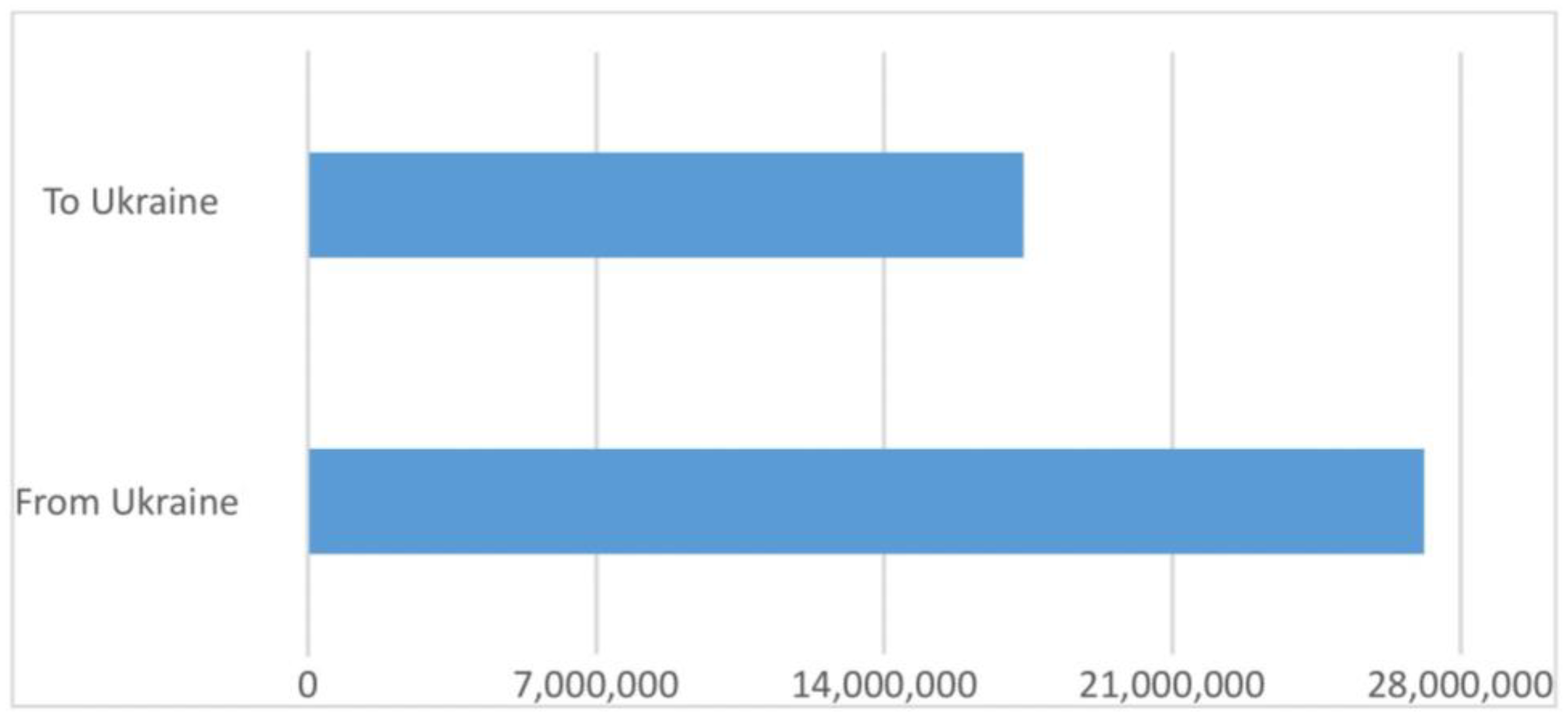
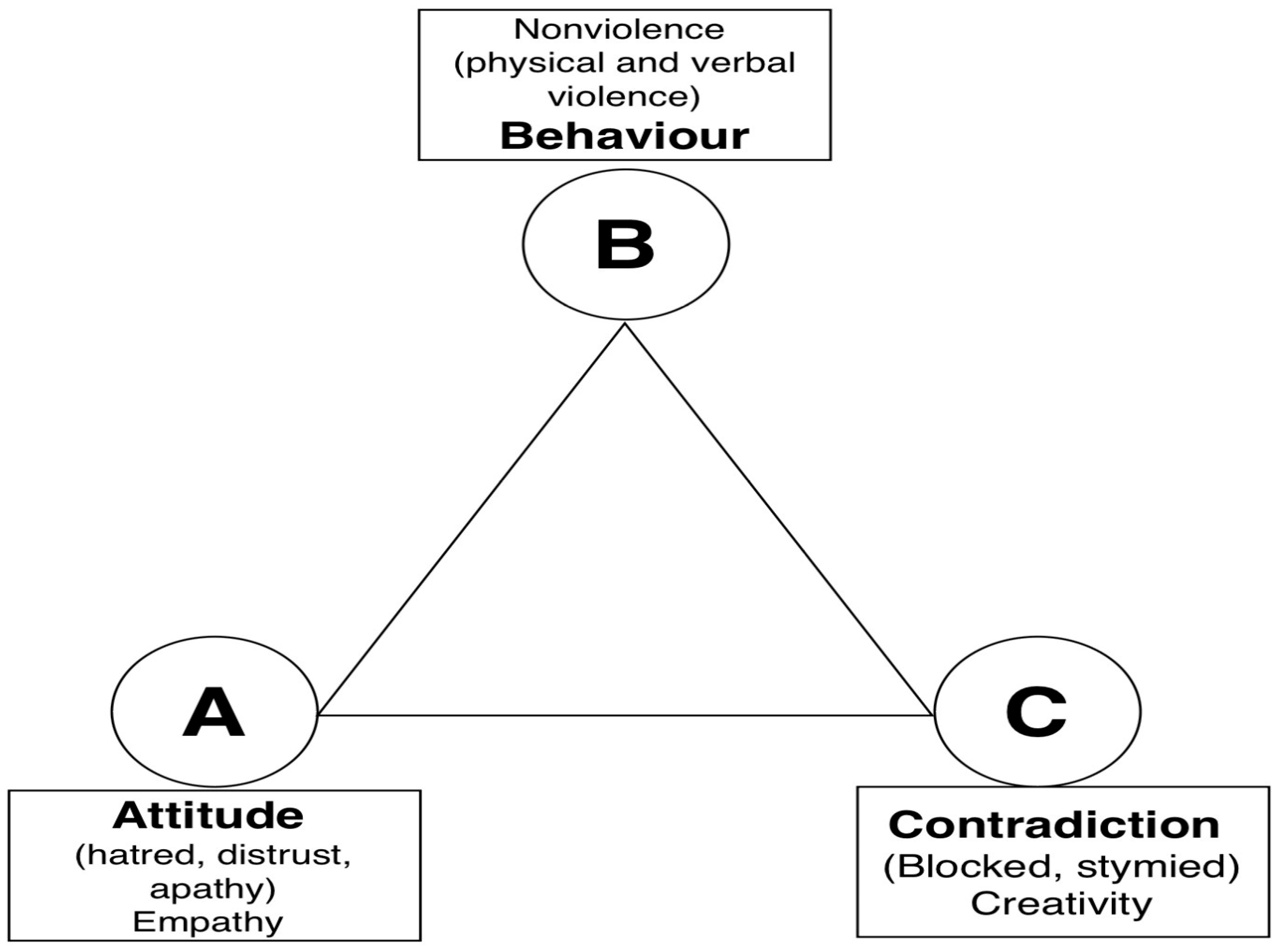
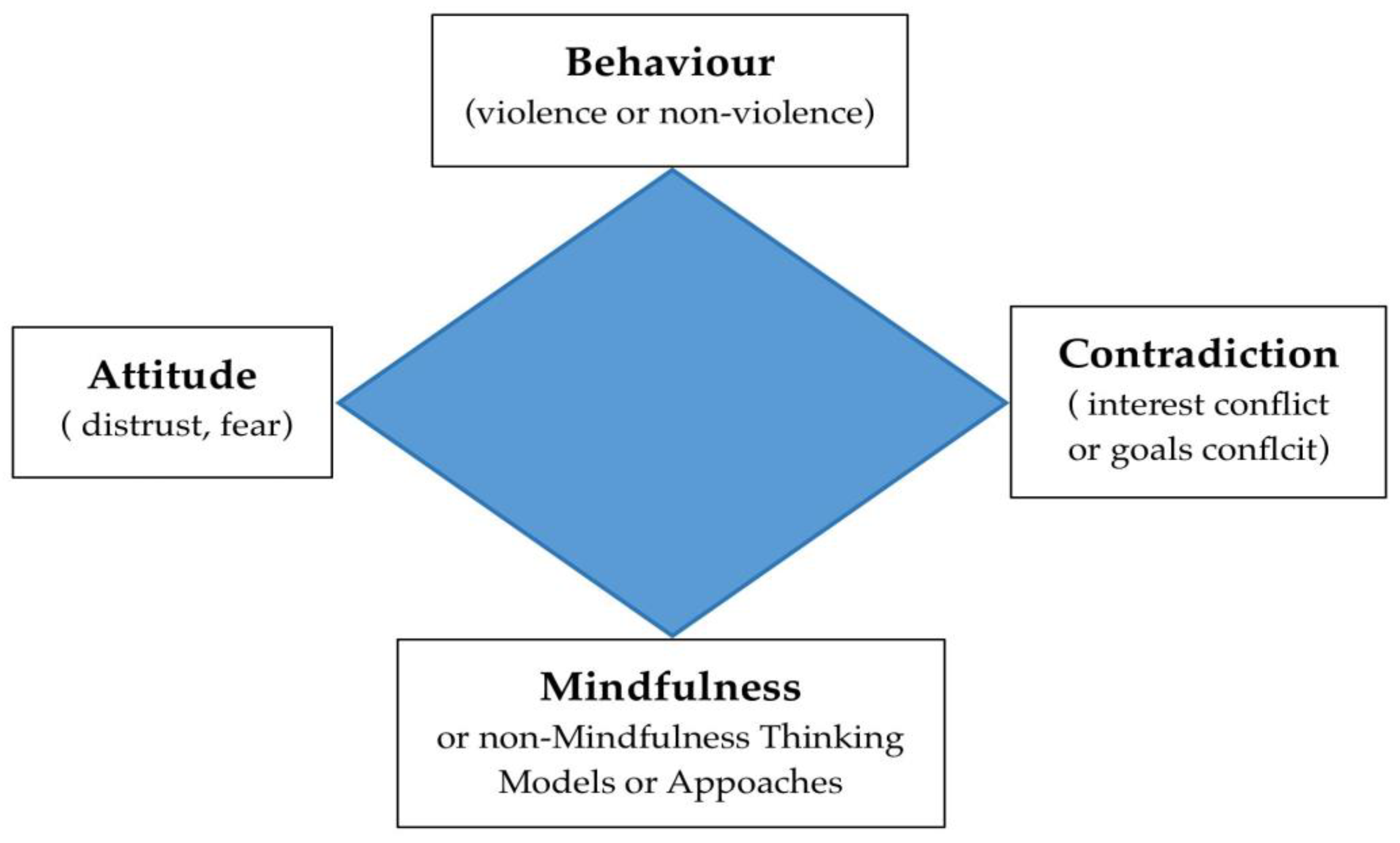
Disclaimer/Publisher’s Note: The statements, opinions and data contained in all publications are solely those of the individual author(s) and contributor(s) and not of MDPI and/or the editor(s). MDPI and/or the editor(s) disclaim responsibility for any injury to people or property resulting from any ideas, methods, instructions or products referred to in the content. |
© 2024 by the authors. Licensee MDPI, Basel, Switzerland. This article is an open access article distributed under the terms and conditions of the Creative Commons Attribution (CC BY) license (https://creativecommons.org/licenses/by/4.0/).
Share and Cite
Nguyen, M.-C.; Chelabi, K.; Anjum, S.; Kumari, S.; Samoylenko, S.; Silwizya, K.; Nghiem, T. Mindfulness Approach and the Redefined Analysis Model of Conflict the Case Study of the Ukraine Conflict. Soc. Sci. 2024, 13, 564. https://doi.org/10.3390/socsci13110564
Nguyen M-C, Chelabi K, Anjum S, Kumari S, Samoylenko S, Silwizya K, Nghiem T. Mindfulness Approach and the Redefined Analysis Model of Conflict the Case Study of the Ukraine Conflict. Social Sciences. 2024; 13(11):564. https://doi.org/10.3390/socsci13110564
Chicago/Turabian StyleNguyen, Manh-Cuong, Kaddour Chelabi, Safia Anjum, Sushma Kumari, Svitlana Samoylenko, Kangwa Silwizya, and Tran Nghiem. 2024. "Mindfulness Approach and the Redefined Analysis Model of Conflict the Case Study of the Ukraine Conflict" Social Sciences 13, no. 11: 564. https://doi.org/10.3390/socsci13110564
APA StyleNguyen, M.-C., Chelabi, K., Anjum, S., Kumari, S., Samoylenko, S., Silwizya, K., & Nghiem, T. (2024). Mindfulness Approach and the Redefined Analysis Model of Conflict the Case Study of the Ukraine Conflict. Social Sciences, 13(11), 564. https://doi.org/10.3390/socsci13110564





